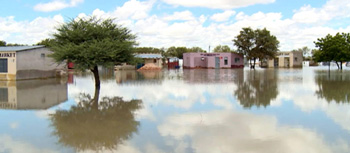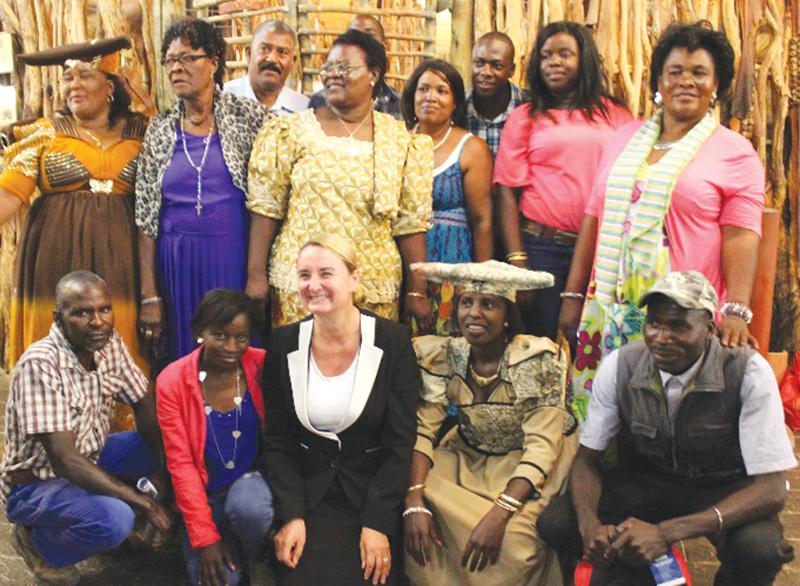
N$72 million relief assistance for flood-affected victims

By Adolf Kaure.
Cabinet has approved, during their monthly meeting on Tuesday, an amount of N$72 million for the provision of relief assistance to flood-affected communities in northern Namibia.
The national disaster risk management committee, which falls under the Office of the Prime Minister, has been tasked with ensuring the optimal and effective coordination of emergency and relief response to affected communities.
“The directorate of disaster risk management will conduct impact assessments of the flood and propose further interventions,” said Prime Minister, Kuugongelwa-Amadhila.
The floods which took place in December last year, affected communities of northern Namibia leaving many homeless and damaging their property. The relief assistance will be in the form of water, tents, food items, mosquito nets, hygiene items, life jackets, blankets, matrasses and psycho-social support to flood-affected communities.
The Ministry of Education, Arts and Culture was further directed by Cabinet to propose workable interventions for the resumption of teaching and learning in flood-affected schools, while the Ministry of Agriculture, Water and Land Reform was tasked with putting in place measures to address the on-going flood situation and future calamities in the flood-prone areas.
“One of the measures includes supplying potable water and sanitation facilities to the affected communities,” said the Prime Minister.
The Ministry of Agriculture, Water and Land Reform will also ensure the developing of early warning components to be better prepared for future floods. These components include flood forecasting, monitoring and early warning systems for flood prone basins.
Other components include the construction and rehabilitation of upstream barrages in the flood-prone areas to be used for post-flood irrigation as well as liaising with relevant stakeholders to educate communicates, including traditional authorities in flood preparedness.













































